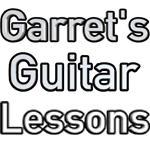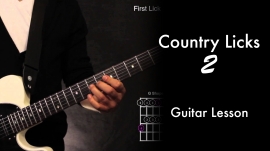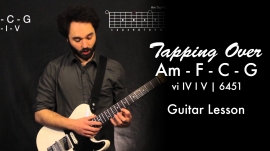Here’s the third of the series… Static Chord Movements #3! The idea of this series is how to create movement within a chord without changing the chord. This one will be focused on Major chords and will essentially be the major equivalent of Static Chord Movements #2, so if you dig what I go through here, check out the 2nd one!
I go through both concepts via the 6th and 5th string so it’ll be easy to implement it over any chord!
Concept 1 is the major to major 7 to major 6. This is used a lot in “Tin Pan Alley” type tunes, so the rhythm I use to give an example is a throwback to that sound. It also sounds more modern if you try some other strumming patterns over it.
Concept 2 is the moving 5. We move the 5th of the chord up in half steps to create movement. 5 – #5 – 6.
With both concepts we can change the last chord to a dominant 7 as a way to move to the “IV” chord of whatever key we’re in. This is a great way to turn a chord into a secondary dominant without it sounding too stark. Pretty neat.
Dig!
-Related Lessons-
0:50 – Static Chord Movements – 1 | Country & Motown
0:50 – Static Chord Movements – 2 | Minor
1:28 – 6th String Barre Chords | BO 9/10
1:36 – Major CAGED Chord Shapes | CO 1/10
1:36 – Minor CAGED Chord Shapes | CO 2/10
1:42 – Playing Triads (Whole Neck & All Strings!)
2:06 – Barred 7th Chords
2:22 – Building Chords?! | UGT 2/8
2:22 – Extended (7 9 11 13) Chords?! | UGT 3/8
2:58 – Rhythms – Strumming the Guitar | BO 5/10
3:33 – Secondary Dominants?! | Theory
3:55 – 5th String Barre Chords | BO 10/10
5:56 – Naming a Chord?! | UGT 4/8
6:06 – “Fingerings Don’t Matter” Blog
7:32 – Playing Triads (Whole Neck & All Strings!)
PDF’s
Static Chord Movements 3 | Major PDF, Triads, 7th Chords, Theory, CAGED Chord Shapes, Open & Barre Chords, Basics, Rhythms




